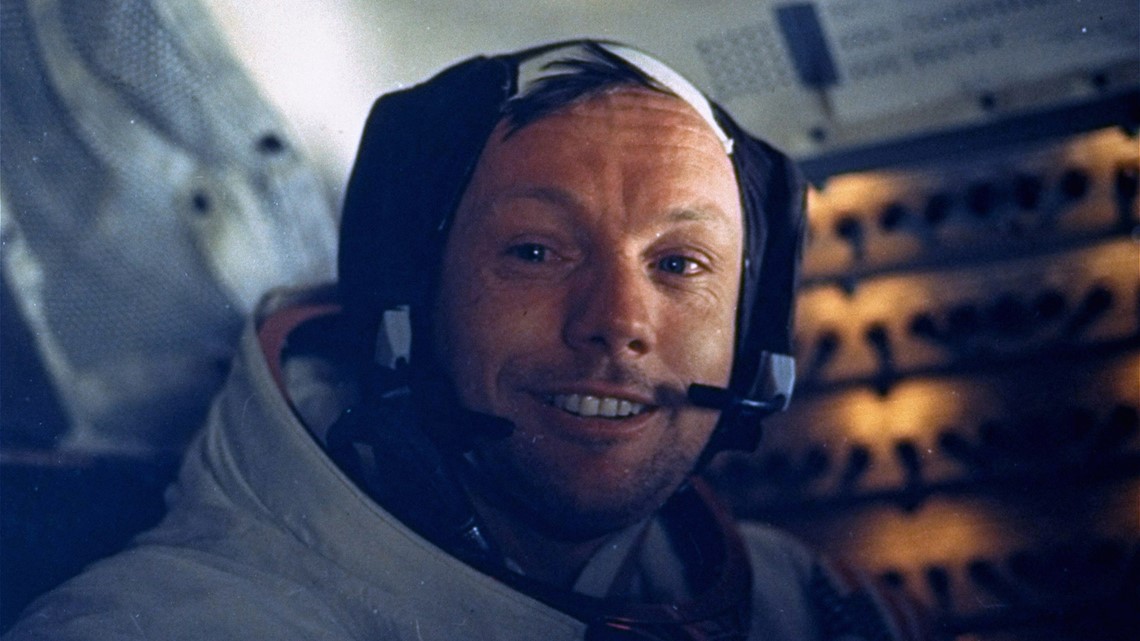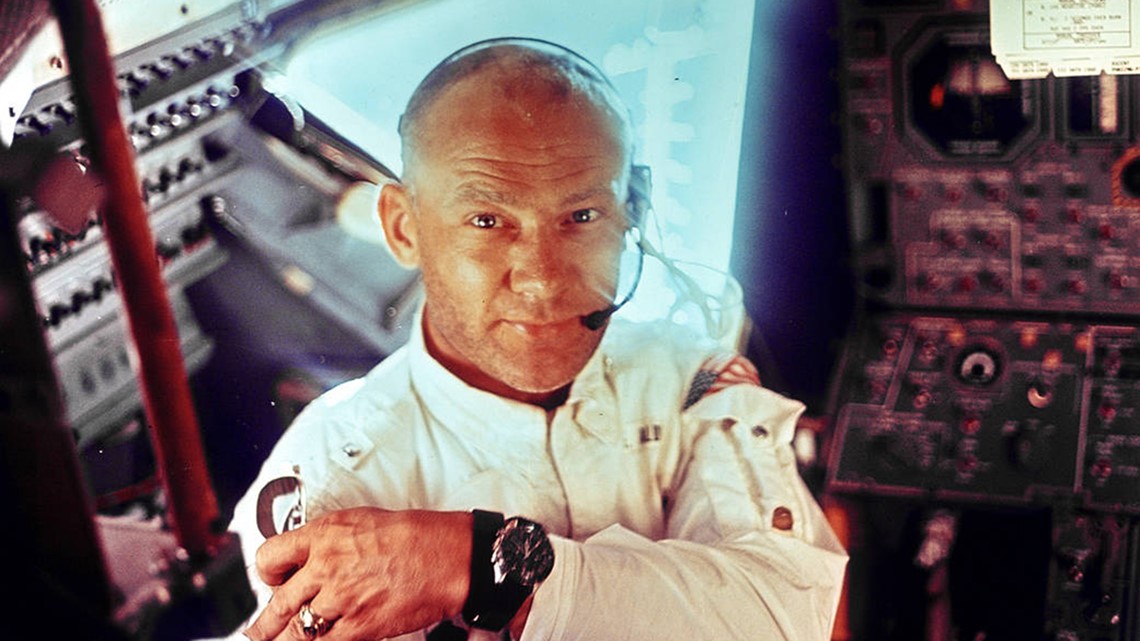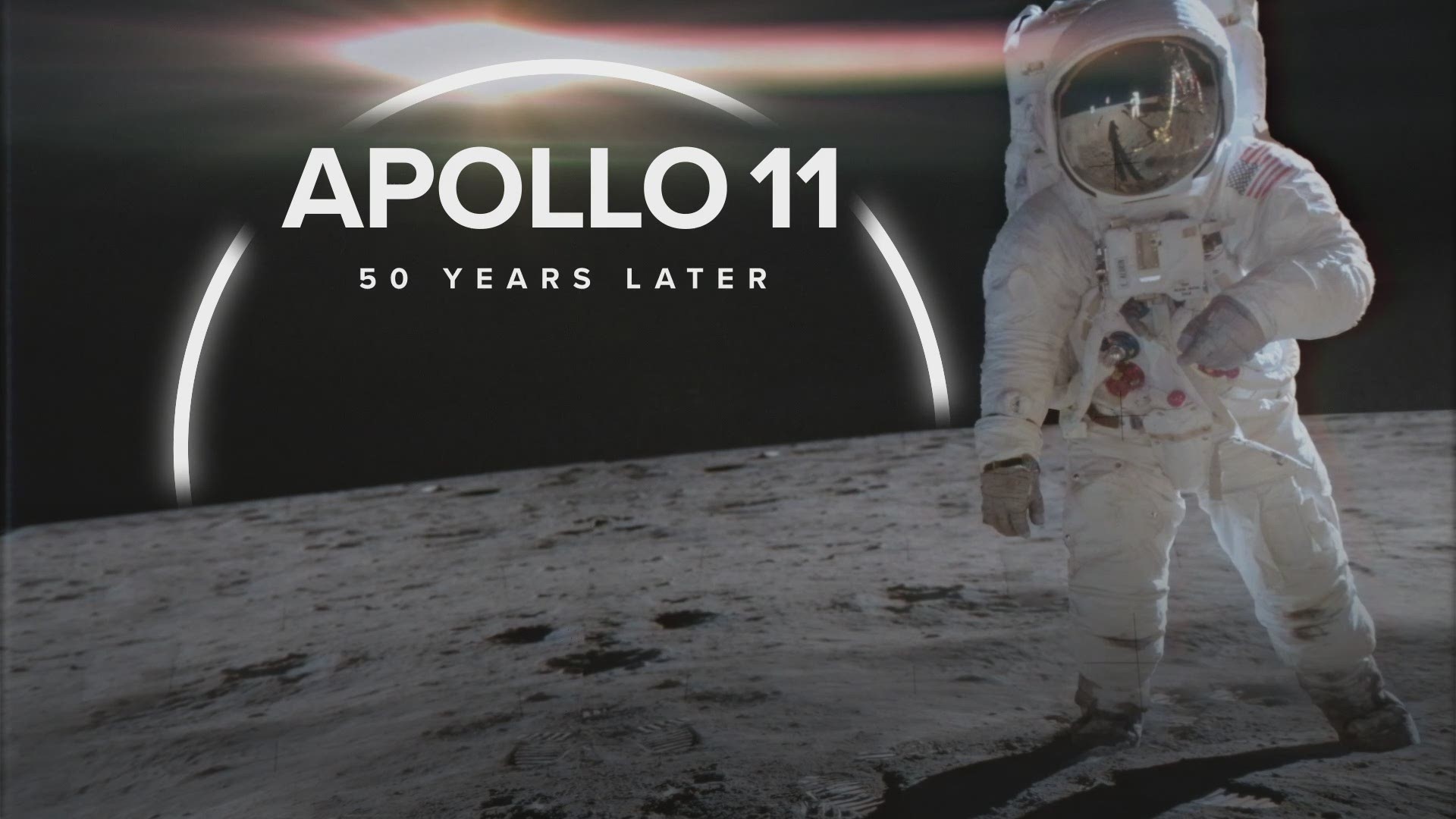You know the date: July 20, 1969. You know the men: Neil Armstrong, Buzz Aldrin and Michael Collins. You know the mission: Apollo 11.
Beyond that, there are so many little-known facts people may not be aware of about the historic mission to the moon that celebrates its 50th anniversary this year. We could give you 10, but to be appropriate, here are 11.
Apollo 13 astronauts were backup crew
Fans of the movie "Apollo 13" know that Jim Lovell and Fred Haise never got to walk on the moon after an explosion in space crippled their service module. They were lucky just to get home alive along with command module pilot Jack Swigert. But did you know that Lovell and Haise were on the backup crew for Apollo 11? If Armstrong and Aldrin couldn't go, Lovell and Haise would have taken their places on the mission and likely made it to the lunar surface.


Why no Apollo 2-6?
Following the Apollo 1 fire during a launchpad test that killed three astronauts the next Apollo mission with a crew was Apollo 7.
Why did they skip Apollo 2, 3, 4, 5 and 6? There were a series of unmanned test flights in the interim between Apollo 1 and Apollo 7. The widows of the three astronauts killed asked that Apollo 1 be retired in their husbands' honor. So, there would not be another Apollo 1 even though it never flew. The next three tests were given non-Apollo designations AS 201 (considered mission 1-a) followed by AS-202 and AS-203.
NASA didn't skip Apollos 4, 5, and 6. Those names were kept. They were unmanned launches of the Saturn rocket and, therefore, did not get much fanfare.
Manned spaceflight returned with Apollo 7, accomplishing the mission first set out by Apollo 1.
https://www.hq.nasa.gov/office/pao/History/SP-4009/v4p1h.htm
Postcards instead of life insurance
It's a dangerous job, flying a quarter-million miles to the moon for the first time. The Apollo 11 astronauts couldn't get life insurance they could afford. So, they signed a bunch of postcards. A friend took them to the post office and had them all postmarked with key dates, such as the launch on July 16 or landing on July 20. If the astronauts somehow did not safely return, those postcards would become collector’s items that could be sold, with the money going to benefit their families.
Even though the crew made it back safely, the postcards have reportedly been selling for as much as $30,000 at space memorabilia auctions.
Armstrong saves the day
As the Eagle lunar module was approaching the surface, Armstrong noticed he and Aldrin were headed for a crater with a lot of large rocks. Landing there could have damaged the spacecraft, possibly killing them or marooning them on the moon. Armstrong took control of the Eagle and adjusted its course by about four miles. According to NASA, Armstrong's heart rate went from a normal 75 beats per minute to 150 during this potentially life-saving maneuver.


Buzz saves the day (too) with a pen
A circuit breaker switch which was vital for firing the ascent engine on the lunar module broke during the mission. That could have stranded Armstrong and Aldrin on the moon. But Aldrin used his felt-tipped pen and stuck it in the hole where the switch was supposed to go and was able to arm the engines, allowing the pair to liftoff.


One small step for (a) man
For decades, everyone thought Neil Armstrong said, "That's one small step for man, one giant leap for mankind."
Armstrong claimed that he added an "a" in there and actually said, "That's one small step for a man, one giant leap for mankind." But he admitted you couldn't tell based on the audio recording.
A computer programmer in 2006 plugged the audio into computer software meant to help disabled people communicate and said he found that the missing "a" was spoken after all.
Other interesting facts
- While most of Apollo's astronaut corps consisted of military pilots, Armstrong was a civilian research pilot.
- Aldrin conducted the first Christian communion on the moon as he and Armstrong waited for their walk. Sensitive to earlier protests against NASA by a known atheist, NASA reportedly chose not to broadcast Aldrin's act.
- Armstrong and Aldrin left medals on the moon honoring the victims of the Apollo 1 fire. Despite the heated space race with Russia, they also left medals with the names of deceased cosmonauts Yuri Gagarin and Vladimir Komarov.
- President Richard Nixon had two speeches prepared -- one to honor the lunar landing and one if the mission ended in disaster.
- Michael Collins went on to be director of the Smithsonian National Air and Space Museum.


